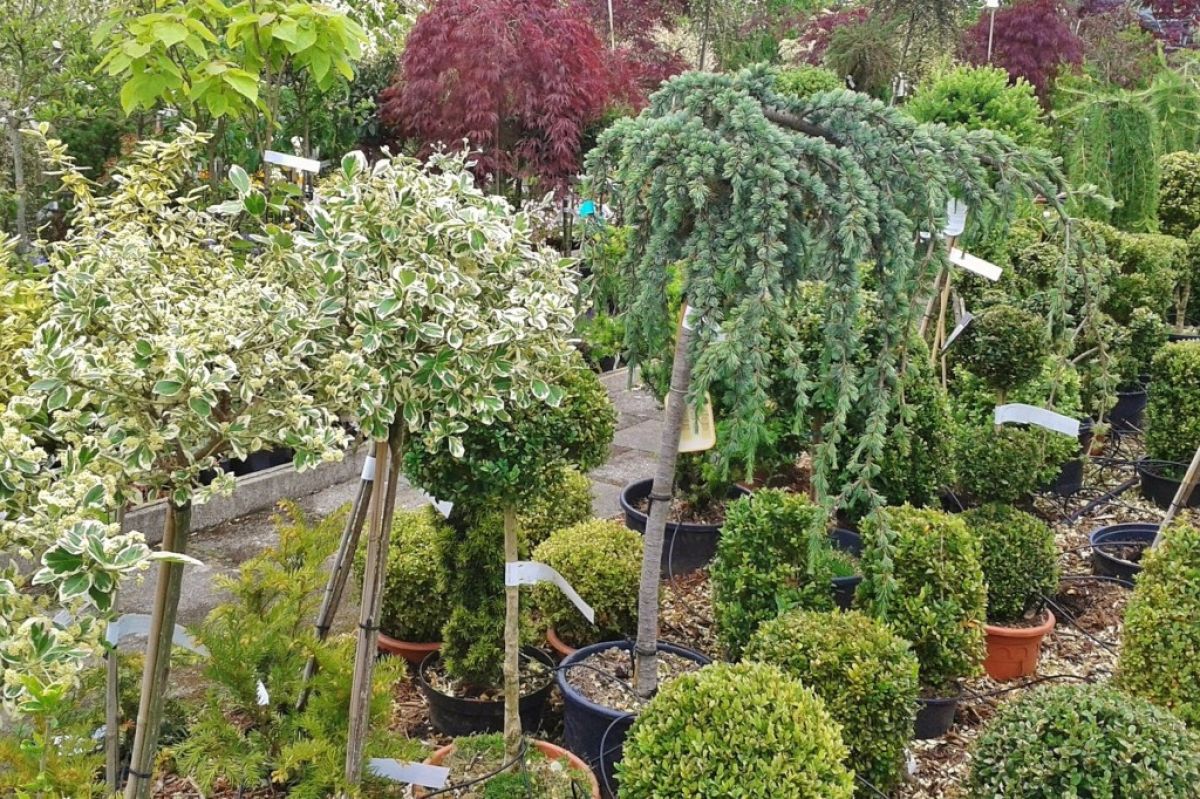In climates with cold winters, a garden should contain about one third evergreen and two thirds of deciduous shrub plantings.
Evergreens come in a variety of colors, sizes, shapes, and textures. Their foliage can be broad-leaved, as in rhododendrons, small-leaved, as in boxwoods, or needle-shaped foliage, as in spruces and yews. Their overall shape can be large or small, rounded or cylindrical, upright, or spreading. Their textures can be spiky, like hollies, wispy like pines, or dense like junipers. Their colors can be varied shades of green, blue, gray, or gold.
Evergreens may be lined up like soldiers to form a perimeter planting or used in groups of 3 or 5, or as singles for accents. On banks or slopes they can be massed together in blocks, and they can be placed strategically in groups across a large landscape to provide repetition and/or screening.
In formal gardens they are clipped and used to provide patterns and organization. To provide continuity of color in a garden, flowering deciduous shrubs are chosen to provide bloom in an unbroken sequence from early spring (e.g., flowering almond) to late fall when flowers are supplemented by berries and shrub foliage color (e.g., viburnum).
Shrubs are easy-care and long-lived stalwarts in our landscapes in all seasons of the year.
This is Moya Andrews, and today we focused on siting shrubs.










